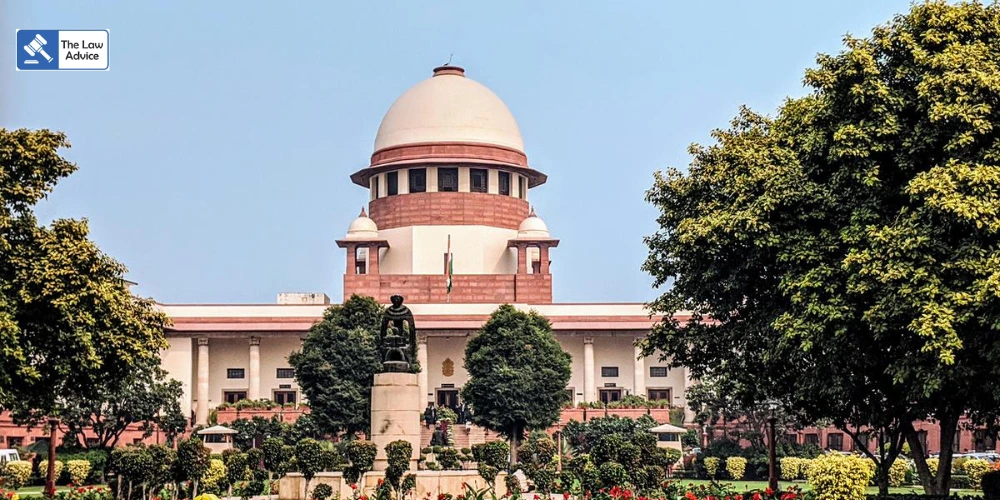New Delhi – August 6, 2025
In a major verdict aimed at restoring financial discipline and transparency in India’s power distribution sector, the Supreme Court of India has ruled that electricity tariffs must reflect actual cost of supply, and that Distribution Companies (DisComs) must be allowed to recover past revenue shortfalls classified as “regulatory assets” within a strict four-year timeframe.
This judgment, which may lead to a phased increase in electricity tariffs across several states, sets a strong precedent for balancing consumer interest, sectoral health, and regulatory responsibility. The Court clarified that future revenue gaps must be liquidated within three years, signaling an end to long-term deferrals that have distorted tariffs and weakened utilities financially.
Delivering its ruling in the case BSES Rajdhani Power Ltd. & Anr. v. Union of India & Ors., a Bench of the Supreme Court emphasized the following:
1. Tariffs must be cost-reflective:
Electricity Regulatory Commissions cannot approve tariffs that deliberately understate the true cost of power supply to keep prices artificially low. This practice leads to the accumulation of massive revenue shortfalls—known as regulatory assets—which eventually burden future consumers and damage DisCom viability.
2. Liquidation of existing regulatory assets within four years:
All pending regulatory assets as of April 1, 2024 must be liquidated by March 31, 2028. The Court gave a clear timeline and instructed State Electricity Regulatory Commissions (SERCs) to oversee and enforce this directive.
3. New regulatory assets to be cleared within three years of creation:
Any future revenue shortfalls that are deferred must be recovered within a maximum period of three years, ensuring that delays don’t snowball into massive liabilities.
4. Roadmap required:
The Court directed DisComs to submit detailed time-bound recovery roadmaps to their respective State Commissions. These roadmaps must clearly spell out:
• The amount of regulatory assets to be recovered annually,
• Impact on consumer tariffs,
• Applicable carrying costs (interest),
• And other relevant factors.
5. Balance between consumer interest and sector sustainability:
The Bench underlined that while protecting consumer interests is vital, indefinite deferment of legitimate costs is unsustainable and unfair to DisComs, which are already under massive financial stress.
In the power sector, “regulatory assets” refer to unrecovered costs that are temporarily deferred by the regulator. Instead of raising tariffs immediately to reflect rising power purchase costs, regulators often delay cost recovery by converting these gaps into regulatory assets, to be recovered later.
While intended as a temporary measure, prolonged deferrals have led to ballooning liabilities, distorted pricing signals, and worsened the financial health of power utilities. In some states, these liabilities have run into thousands of crores, making DisComs heavily dependent on state subsidies and loans.
This landmark ruling stems from a batch of appeals and writ petitions filed by BSES Rajdhani Power Ltd. and other stakeholders, challenging the Delhi Electricity Regulatory Commission (DERC) and the Appellate Tribunal for Electricity (APTEL) regarding treatment of regulatory assets and delay in cost recovery.
The petitioners argued that persistent under-recovery due to regulatory delays violated the principle of cost recovery embedded in Section 61 of the Electricity Act, 2003, and that it affected the viability of operations.
The Supreme Court, after hearing all stakeholders, laid down a structured framework for cost recovery, balancing both regulatory prudence and sectoral solvency.
Impact on Consumers & Sector
• Gradual tariff increases expected:
Consumers in many states may experience moderate tariff hikes over the next few years, as DisComs begin recovering past shortfalls under the newly imposed timeline.
• Increased transparency and predictability:
Consumers will benefit from more transparent pricing structures, with regulators disclosing how and when past losses are being recovered.
• Strengthening of DisCom finances:
With recovery timelines clarified, DisComs will be better positioned to manage their finances, invest in infrastructure, and pay power generators on time—addressing a key pain point in India’s power value chain.
• Regulatory accountability enhanced:
The ruling holds SERCs responsible for ensuring timely clearance of deferred costs, reducing scope for political interference in tariff decisions.
The Supreme Court’s judgment makes it clear that:
“Electricity is a public good, and its pricing cannot be manipulated to serve populist ends while ignoring long-term sustainability. Regulatory commissions must act independently, transparently, and in alignment with statutory objectives.”
It also reminded SERCs that:
“Allowing the indefinite build-up of regulatory assets defeats the purpose of economic efficiency, consumer awareness, and fair competition.”
